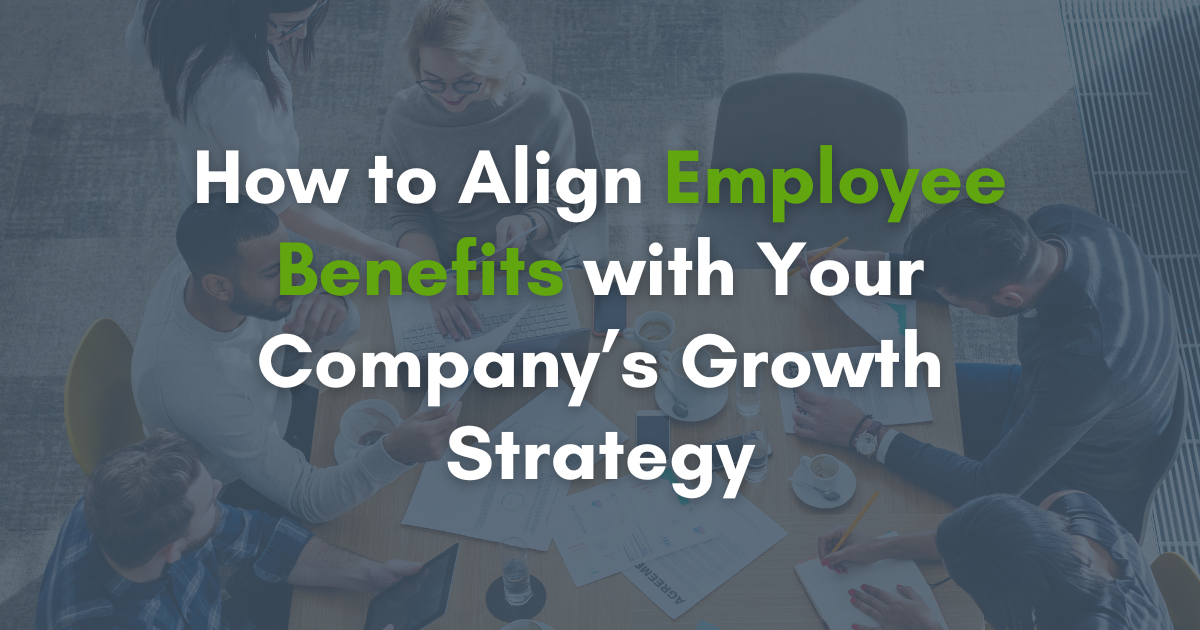For a benefits program to truly serve its purpose, it should do more than support employee satisfaction – it should align directly with your company’s growth strategy.
While employers know that offering comprehensive health benefits is an important factor in attracting top talent, many are still stuck with low-quality plans that harm employee satisfaction and the company’s bottom line.
Even when offered comprehensive, generously subsidized benefits, employees often still report ‘inadequate benefits’ in exit interviews. Why? Without regular engagement, employees don’t always remember what’s available or know how to use their benefits.
Is Sticking to Your Current Health Plan Costing Your Business?
The healthcare and health insurance world is ever evolving. Yet, despite the potential benefits of new technologies and new solutions, many decision-makers hesitate to explore alternative options in health insurance, clinging instead to familiar plans. The fear of change, or simply the discomfort of venturing into the unknown, can hold companies back from accessing more effective and cost-efficient solutions.
Sticking with a static benefits plan often leads to higher premiums, less coverage, and fewer benefits over time. A reluctance to explore options is not only financially costly but also limits the quality of coverage you provide your employees.
Embracing Change with a Step-by-Step Approach
Realizing it’s time for a change doesn’t mean you have to dive in headfirst. Start small with impactful steps, like adding a care navigation program or a Health Reimbursement Arrangement (HRA). Taking things one phase at a time makes it easier for employees to adjust and gives you a clear picture of the benefits—without the chaos of a sudden overhaul.
Here are steps you can take to align your employee benefits with your business objectives:
1. Understand Your Business Strategy and Goals
Start by clearly defining your strategic objectives. Are you aiming to expand into new markets, increase innovation, or become an employer of choice? Once you know your main goals, you can start to see how aligning benefits can support those priorities. Consider this the foundation for every benefits decision that follows.
2. Assess Current Benefits Offerings
Review your existing benefits. Are they geared toward retaining talent, enhancing productivity, or attracting new skills to fuel innovation? Evaluate how each benefit aligns with the business goals you’ve outlined. Identifying gaps between current offerings and strategic objectives can help you determine where you need to adjust.
3. Consider Alternative Funding Options
Alternative funding models like self-funding and level-funding provide opportunities to reduce health plan costs and gives employers more control over their health plans. With greater visibility into healthcare spending, this data can be used to make strategic decisions.
4. Gather Employee Feedback
A benefit plan only works if it resonates with employees. Use surveys, focus groups, or interviews to understand what they need, what they value, and how they perceive current benefits. Employee feedback provides insights that can guide your approach to ensure benefits appeal to a diverse workforce with varying needs.
5. Implement Performance Metrics
Set clear metrics to measure how effectively the benefits are supporting your goals. Metrics might include employee retention rates, feedback from satisfaction surveys, or utilization rates for specific benefits. This data will give you a picture of what’s working and where you can improve.
6. Communicate Strategically
Even the best benefits are only effective if employees know about them. Develop a year-round communication plan to inform employees about benefit options, showing how they support both individual and company goals. Use emails, intranet posts, apps, texts, and in-person or virtual town halls to keep employees engaged. Open Enrollment meetings alone aren’t enough.
Conclusion
Aligning employee benefits with your company’s growth strategy is an ongoing process that requires thoughtful planning and regular review. When benefits meet employee needs and align with your organization’s goals, they can drive engagement, improve retention, and fuel long-term success. The best benefits strategies grow with the company and create a culture of appreciation.
Connect with us on LinkedIn to learn more.

